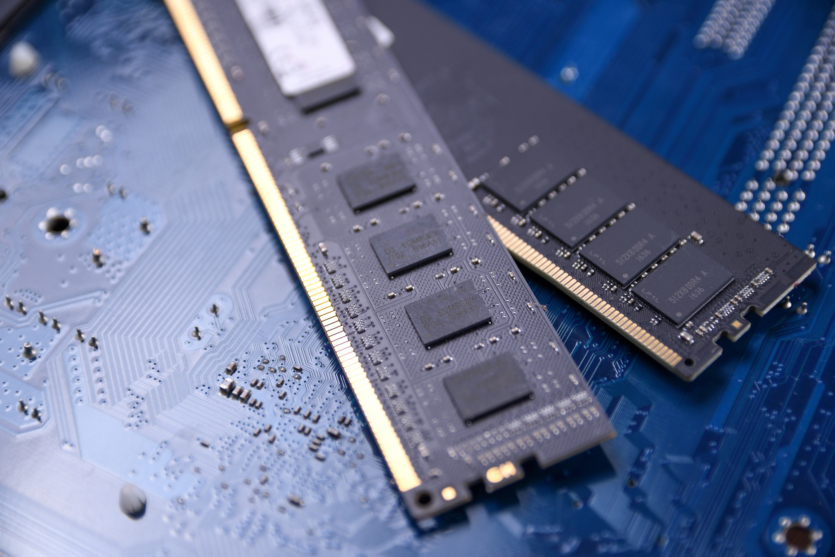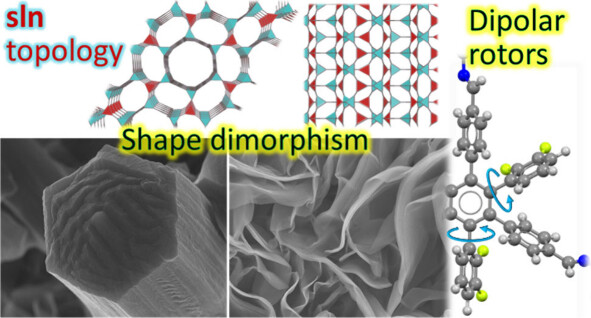
Japanese researchers from the Tokyo Institute of Science have created an innovative material, capable of controlling moving molecules to save information.
Molecular rotors are groups of molecules, that are capable of performing repeated unidirectional rotational movements if energy is applied to them. This achievement, as noted, can lay the foundation for the generation of energy-independent storage devices, that store information with a higher density, than devices, based on semiconductors.
Tiny molecules can be rotated in different directions to produce bits of information. Attempts to create such molecules have been going on for a long time, but scientists have faced a number of problems and stringent requirements.
In particular, these molecular rotors must be controlled by an electric field. They must maintain their own position at room temperature to long-term data storage. In addition, there must be enough free space around them to allow them to rotate without obstruction. They must also be able to withstand temperatures up to 150°C.

Japanese researchers led by Professor Yoichi Murakami overcame the limitations by creating a covalent organic framework with an ultra-low-density crystal structure. This innovative structure creates a space for the molecular rotors to rotate freely under the influence of an electric field, while remaining stable at ambient temperatures.
“This is a breakthrough, because our covalent organic frameworks are a rare solid in which dipole rotors can flip, when heated to temperatures above 200°C or exposed to strong electric fields, but their orientation can be maintained for a long time at ambient temperature”, — explains prof. Yoichi Murakami.
According to the researchers, the material has a heat resistance close to 400°C. Although this technology is not expected to be commercially used in electronic devices in the near future, it paves the way for more advanced similar developments. Digital storage devices with a much higher density, than today’s will one day be available, allowing more data to be stored in devices with much smaller dimensions.
The results are presented in the journal ACS
Sources: TechXplore; NotebookCheck

Spelling error report
The following text will be sent to our editors: